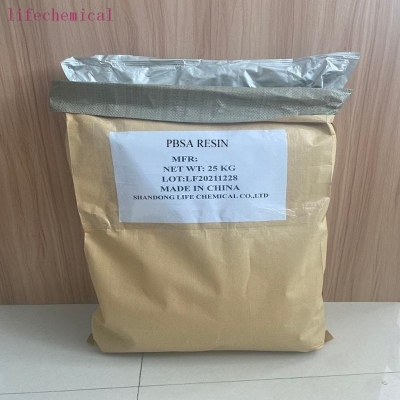-
Categories
-
Pharmaceutical Intermediates
-
Active Pharmaceutical Ingredients
-
Food Additives
- Industrial Coatings
- Agrochemicals
- Dyes and Pigments
- Surfactant
- Flavors and Fragrances
- Chemical Reagents
- Catalyst and Auxiliary
- Natural Products
- Inorganic Chemistry
-
Organic Chemistry
-
Biochemical Engineering
- Analytical Chemistry
-
Cosmetic Ingredient
- Water Treatment Chemical
-
Pharmaceutical Intermediates
Promotion
ECHEMI Mall
Wholesale
Weekly Price
Exhibition
News
-
Trade Service
American researchers have developed a new technology that can efficiently and cheaply recover cooling water from power plants, which is expected to alleviate the shortage of urban water resources and be applied to desalination on a large scale
.
? Research published in the latest issue of the US "Science Advances" magazine shows that this new technology can collect a large amount of fresh water or sea water used for cooling in power plants and convert it into safe and clean drinking water
.
? By Maher, a postdoctoral graduate of the Massachusetts Institute of Technology
.
The team led by DAMAC found in the research that using plastic or metal mesh to capture the water in the sea fog, the airflow will bypass the obstacles, so the capture rate is only 1% to 3%.
If the fog is charged by a charged particle beam, the water droplets After being charged, it is easy to be adsorbed by the grid, which can greatly improve the collection efficiency
.
? Researchers say that the water vapor concentration in the cooling towers of power plants is higher, and the capture effect is better than natural fog.
In the process, salt water and sewage can be converted into clean fresh water through distillation
.
This technology is not expensive and consumes little energy
.
? At present, some power plants in the United States use fresh water from lakes and waterways for cooling, and many power plants in coastal areas use sea water for cooling
.
A lot of fresh water and sea water are wasted by evaporation
.
The new technology is expected to become an inexpensive method of desalination
.
? Researchers estimate that the installation cost of the new technology device is only one-third of the new desalination plant, and the operating cost is only one-fifth of the latter
.
Researchers are currently testing the safety of this technology
.
.
? Research published in the latest issue of the US "Science Advances" magazine shows that this new technology can collect a large amount of fresh water or sea water used for cooling in power plants and convert it into safe and clean drinking water
.
? By Maher, a postdoctoral graduate of the Massachusetts Institute of Technology
.
The team led by DAMAC found in the research that using plastic or metal mesh to capture the water in the sea fog, the airflow will bypass the obstacles, so the capture rate is only 1% to 3%.
If the fog is charged by a charged particle beam, the water droplets After being charged, it is easy to be adsorbed by the grid, which can greatly improve the collection efficiency
.
? Researchers say that the water vapor concentration in the cooling towers of power plants is higher, and the capture effect is better than natural fog.
In the process, salt water and sewage can be converted into clean fresh water through distillation
.
This technology is not expensive and consumes little energy
.
? At present, some power plants in the United States use fresh water from lakes and waterways for cooling, and many power plants in coastal areas use sea water for cooling
.
A lot of fresh water and sea water are wasted by evaporation
.
The new technology is expected to become an inexpensive method of desalination
.
? Researchers estimate that the installation cost of the new technology device is only one-third of the new desalination plant, and the operating cost is only one-fifth of the latter
.
Researchers are currently testing the safety of this technology
.







